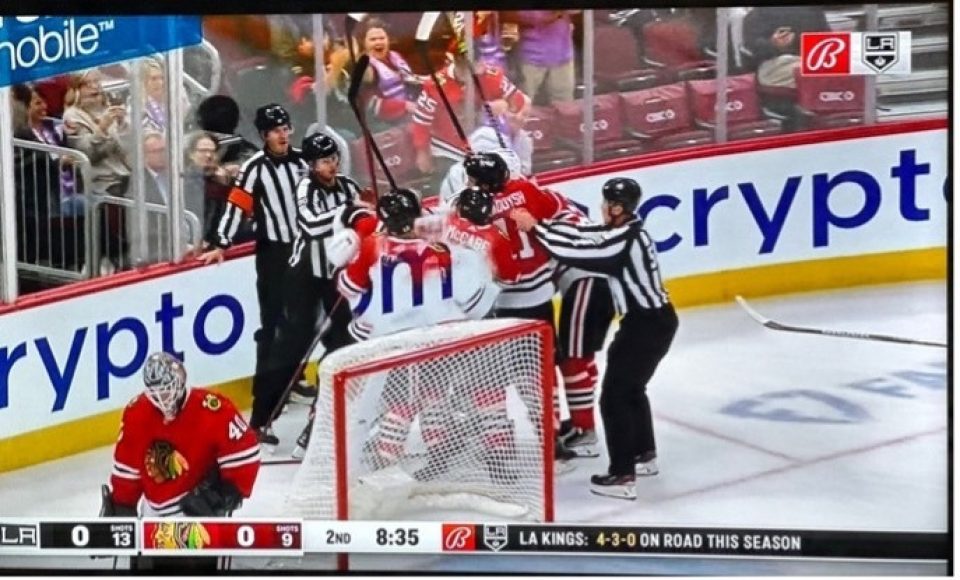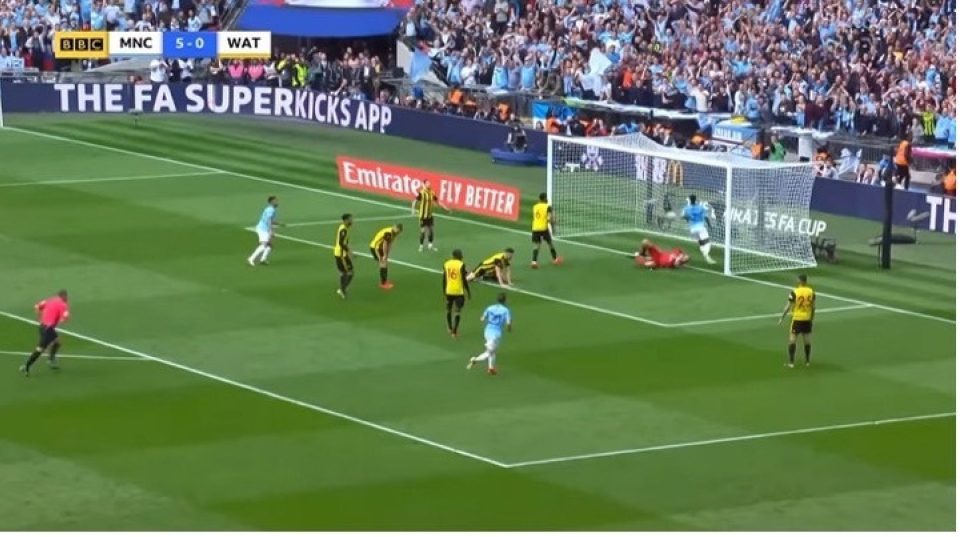Subscribe for more!
Subscribe to our newsletter for insights and articles on wide ranging issues including reputation management, branding, advertising, awareness, advocacy, and communications. You can unsubscribe anytime.
Follow us on social:
The National Hockey League made headlines this fall with the introduction of a brand-new system of ‘digitally-enhanced dasher boards,’ which uses AI-supported technology to replace physical in-arena advertising with virtual ones – in real time.

If you’ve tuned in to a professional hockey game lately, you may have noticed a change in the way that in-game advertising is displayed – the trend towards virtual branding signals a change in the advertising industry and demonstrates the potential value behind AI-powered ads.
The National Hockey League made headlines this fall with the introduction of a brand-new system of ‘digitally-enhanced dasher boards,’ which uses AI-supported technology to replace physical in-arena advertising with virtual ones – in real time.
The update, which was introduced at the beginning of the 2022-23 season, allows advertisers to employ dynamic branded content (including URLs, social media integration, QR codes, and flighted marketing campaigns). Previously, this wasn’t feasible with the traditional, static ads printed on the boards. The flexible nature of the system means that all viewers do not necessarily have to view the same ad content at the same time. The League (and individual venues) can now sell targeted branding space in markets across North America, allowing fans to consume content specific to their region.
Unfortunately, the process of overlaying boards mid-game has been plagued with ‘technical glitches’ which have left fans disappointed in the viewing experience. As the AI-backed program replaces on-camera ads with a digital version, the images can glitch or appear distorted – particularly when players cluster around a single segment of the ice along the boards. In response to annoyance from some fans, NHL chief business officer Keith Wachtel made it clear that updates are coming, and this is just the first step towards bringing a dynamic viewing experience to hockey fans.

The NHL isn’t the first or only league in the world of professional sports to go virtual with its advertising. Soccer’s Premier League has been using “virtual replacement perimeter technology” on stadium boards since 2017, and virtual ads have appeared on the field at the World Cup annually since 2018. Formula 1 has used virtual billboards around the racetrack for several years and the McLaren Racing team unveiled the sport’s first digital display boards on its cars in the fall. The MLB and the NFL have also experimented with virtual ads on the field and around stadiums.

The sports world is adapting its advertising strategy to meet increasingly diverse audiences – and using AI to do so. What does this trend say about the future of out-of-home and digital advertising?
First, it demonstrates how advertisers and venues have adapted to changes in viewing trends. Covid-19 restrictions around the world meant many games were played in empty stadiums and arenas, forcing advertisers to think virtually to reach fans. Even as spectators returned to the stands, advertisers have capitalized on the ability to target branding to specific audiences throughout the game, rather than waiting for the commercial break.
Second, it reveals the opportunities for advertisers to use AI technology to improve branded content. Advanced data analysis, audience segmenting, and a more interactive experience for audiences can increase the ROI for companies looking to market their message to a large, diverse viewership.
While the NHL’s experiment with DEDs demonstrates the necessity for further improvements and development in the technology, it signals a change in the way that ads are going to be delivered in 2023 and beyond.
At spark*, we’re always looking for the latest and greatest ways to reach specific or niche audiences. Get in touch to see how our expertise and experience can help your message be heard.